Transport
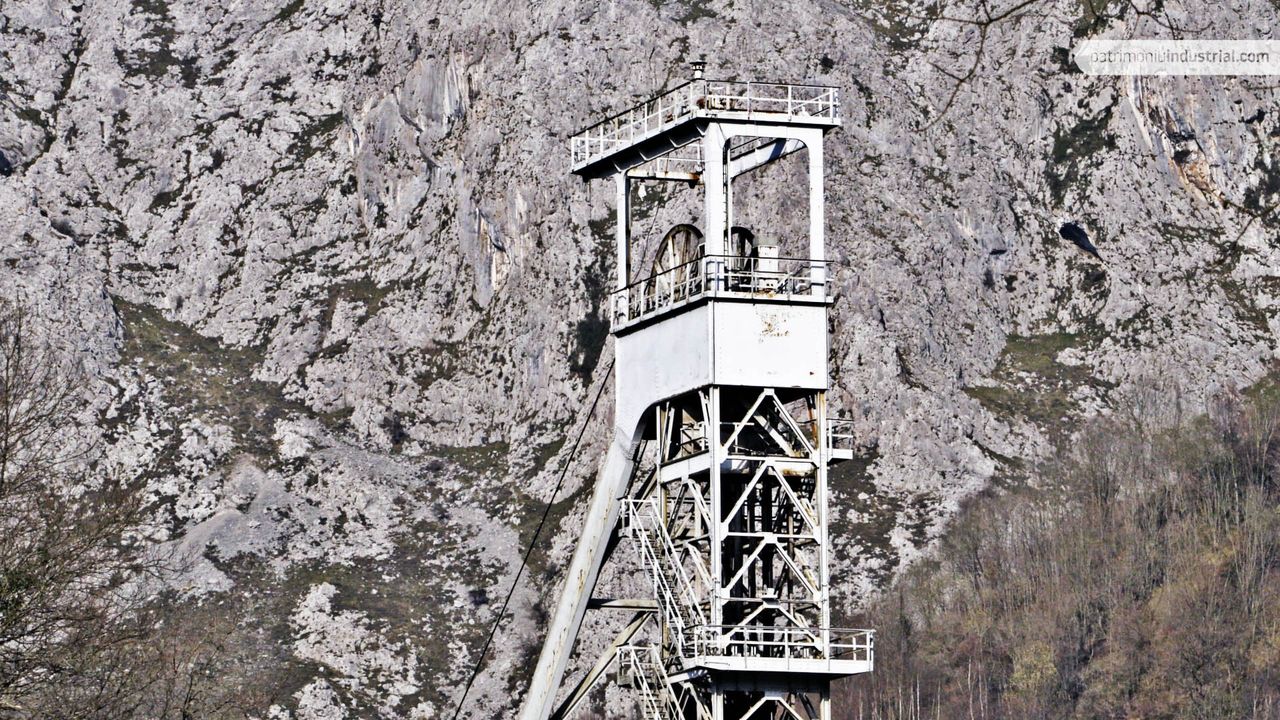
391580041
Monsacro Mine
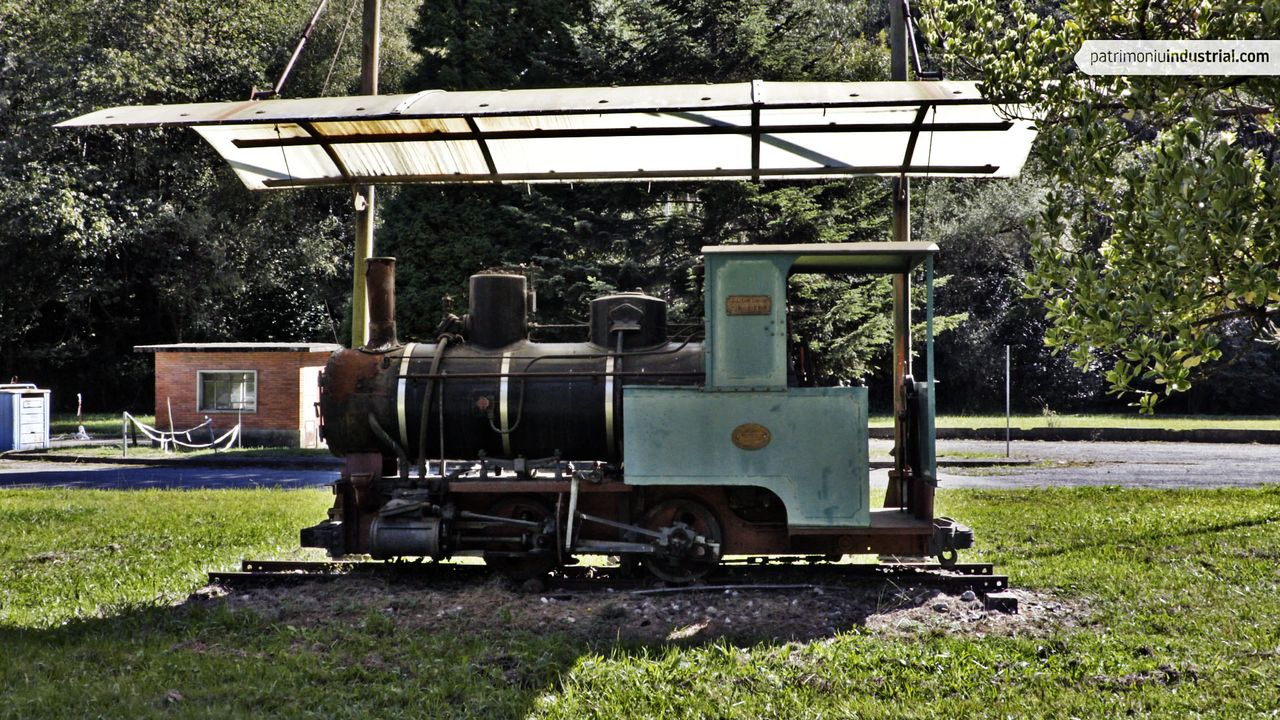
522718176
Figaredo Locomotive
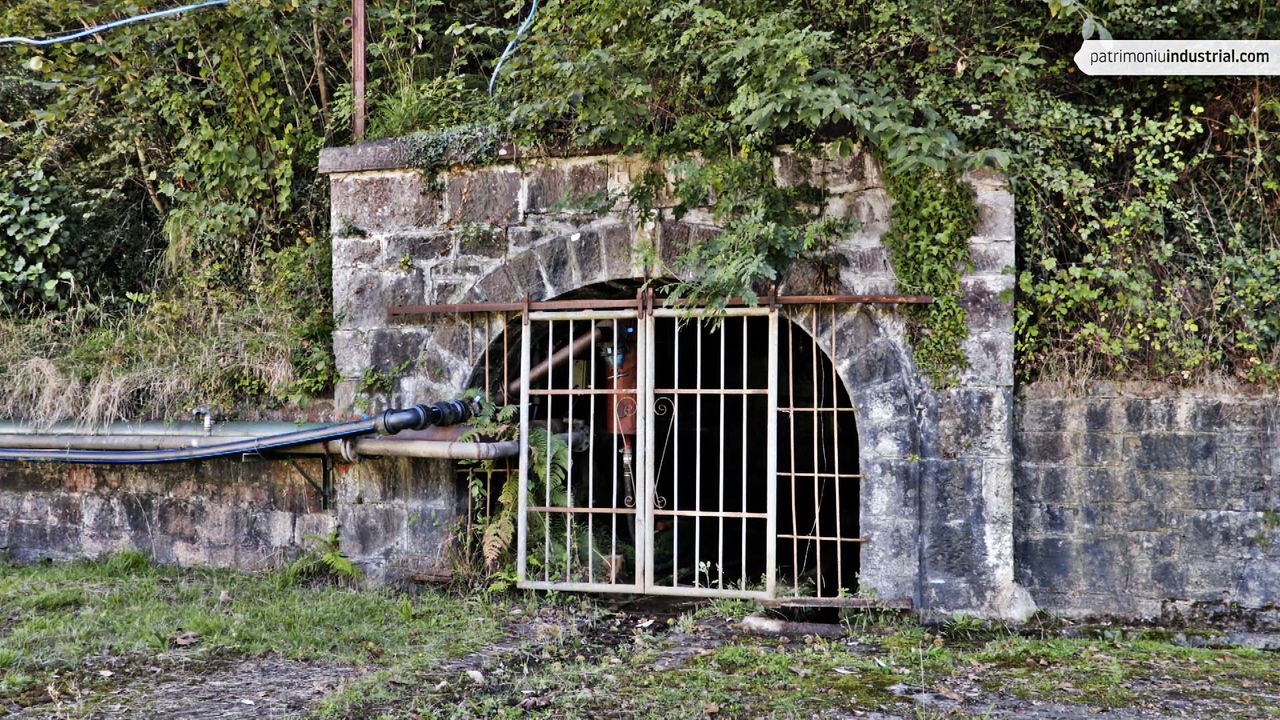
370143253
La Esperanza Adit

353246543
La Pereda - La Foz Railway

345096555
ENSIDESA Industrial Complex
At the time of its foundation (1914), the company Hulleras de Riosa inherited a network of 600-millimetre tracks which, by means of a succession of inclined planes and ditches, reached the coal washing plant in La Pereda from its mines in the Riosa river valley. This was an extremely tedious method that hindered the production. Thus, a possibility had already been studied from the early days: building a railway branch that followed the natural exit from the valley to the Caudal river, and then went up this river to finally reach La Pereda.
The works on the new line began in 1917 and were completed by 1923. Here, the gauge chosen was 750 millimetres wide in order to increase its transport capacity without incurring in excessive costs. The route was 7.9 kilometres long between the loading bay in La Foz and La Pereda, and it crossed eleven tunnels along the way, as well as eight metal bridges and one ashlar bridge. Through its path, it was necessary to build various retaining and supporting walls, including a staff house in Loredo. These latter works used the pink limestone of the area, a material that gives them a very unique aesthetic.
It remained in service, powered by steam, during the activity of the company Hulleras de Riosa and, from 1952, under the ownership of ENSIDESA. In 1969, this company transferred the mining concessions together with the railway to HUNOSA, which proceeded to close it immediately after creating the underground connection of the Monsacro and Nicolasa shafts.
Since then, the former track bed has been converted into a passable path. Unfortunately, the operation of a limestone quarry in Peñamiel interrupted this route in the tunnel number 6. Hence, the route has to be made in two separate sections, one in the council of Mieres and the other in the council of Morcín.
In spite of this, its system is still in good condition and the route runs through a beautiful landscaped area. It crosses the gorges of the Caudal and Riosa rivers with an impressive limestone environment, which makes this route one of the most attractive ones in the entire Asturian railway network. In La Foz, the impressive railway loading hoppers are still standing. These were made of concrete in the mid-1950s.

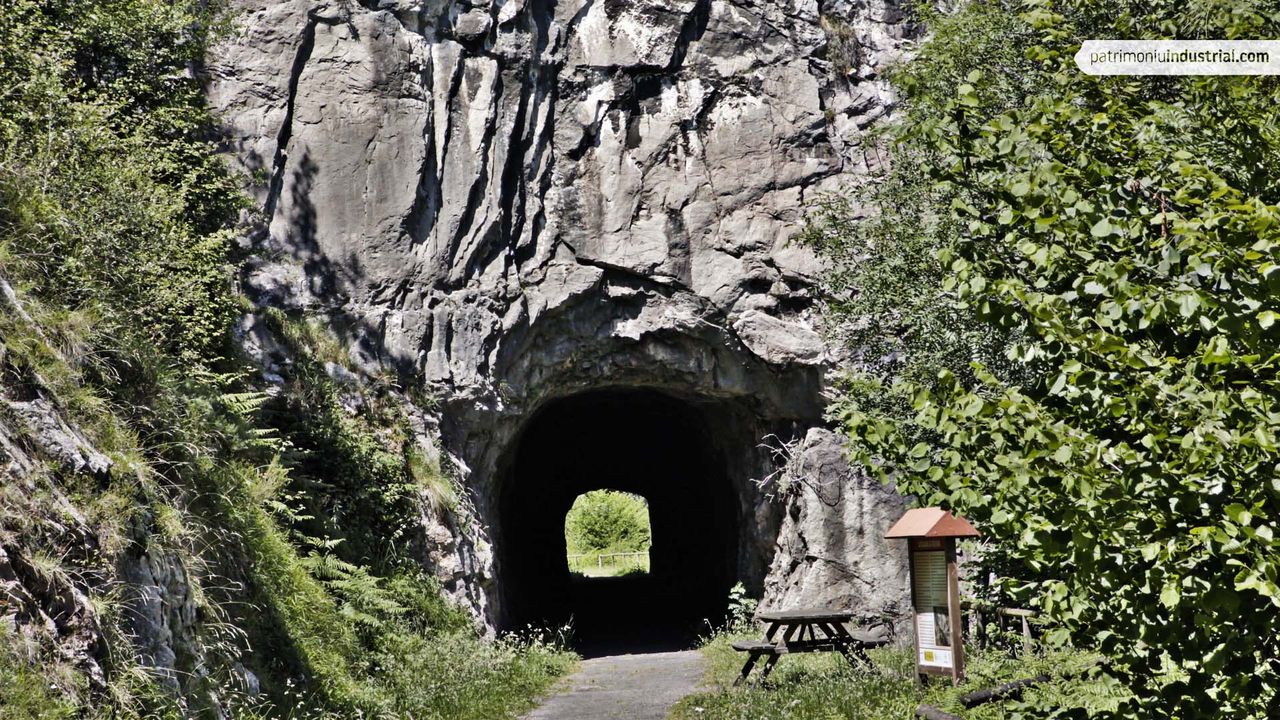
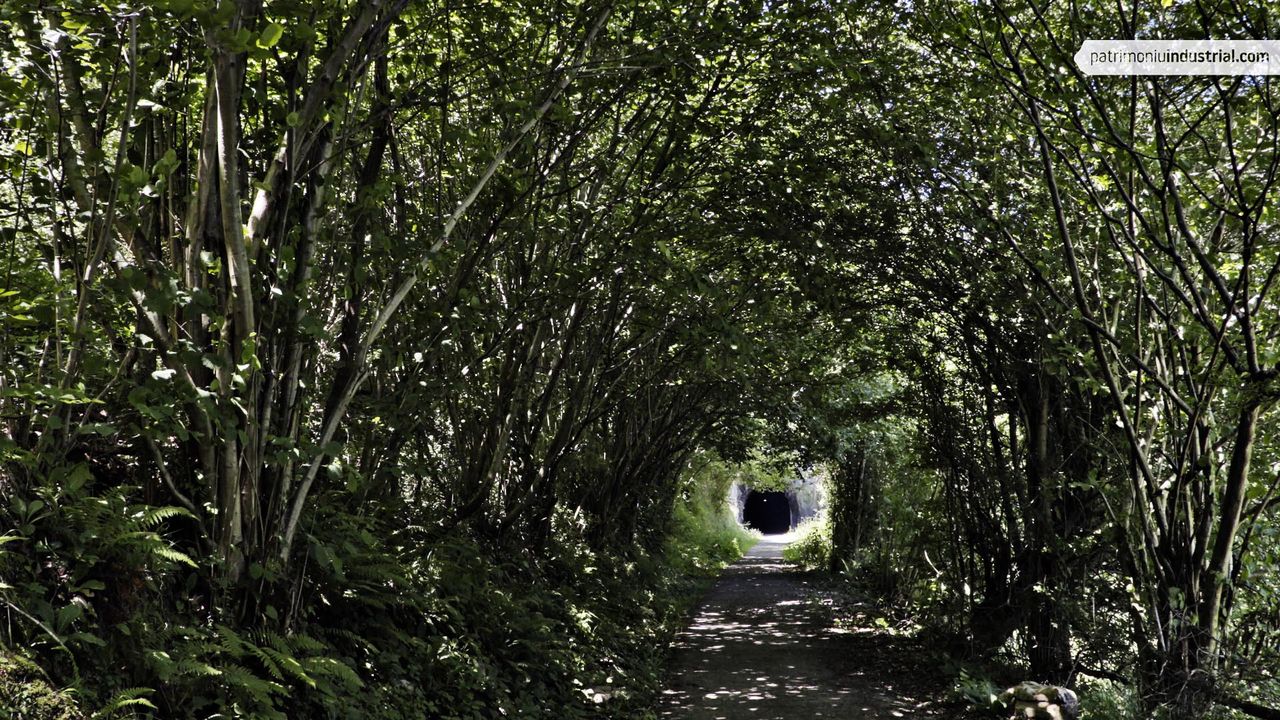


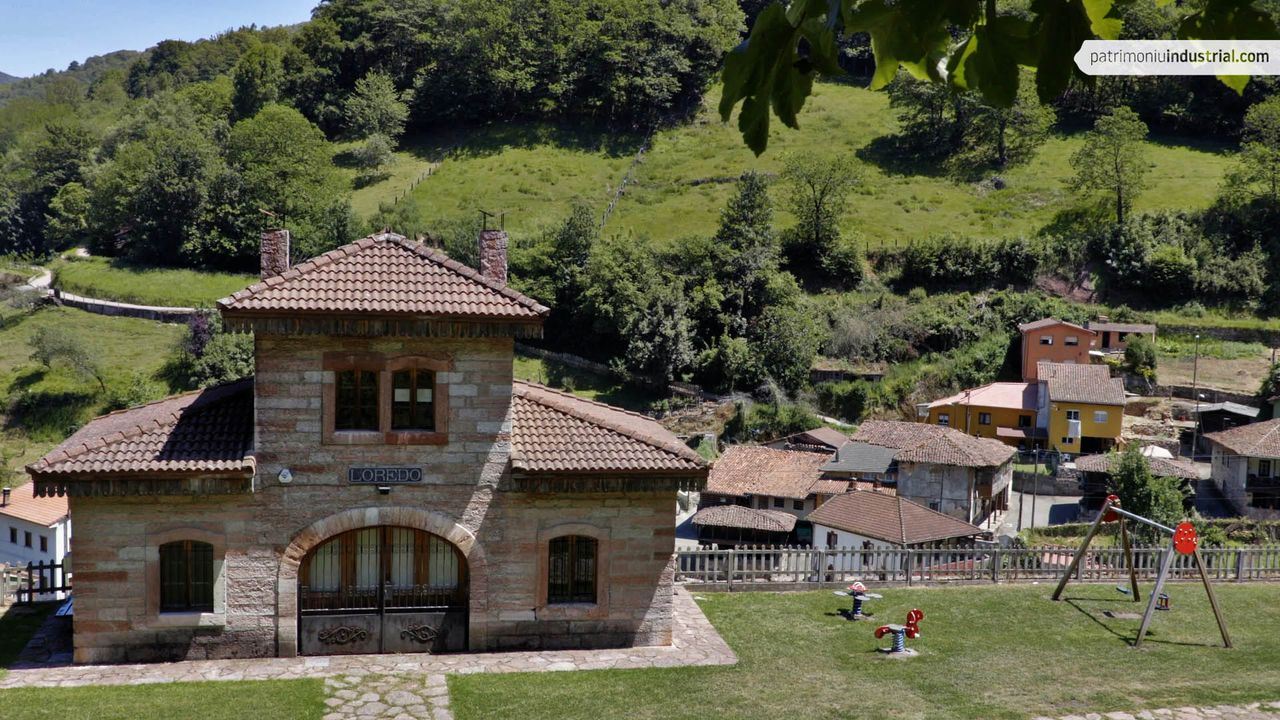
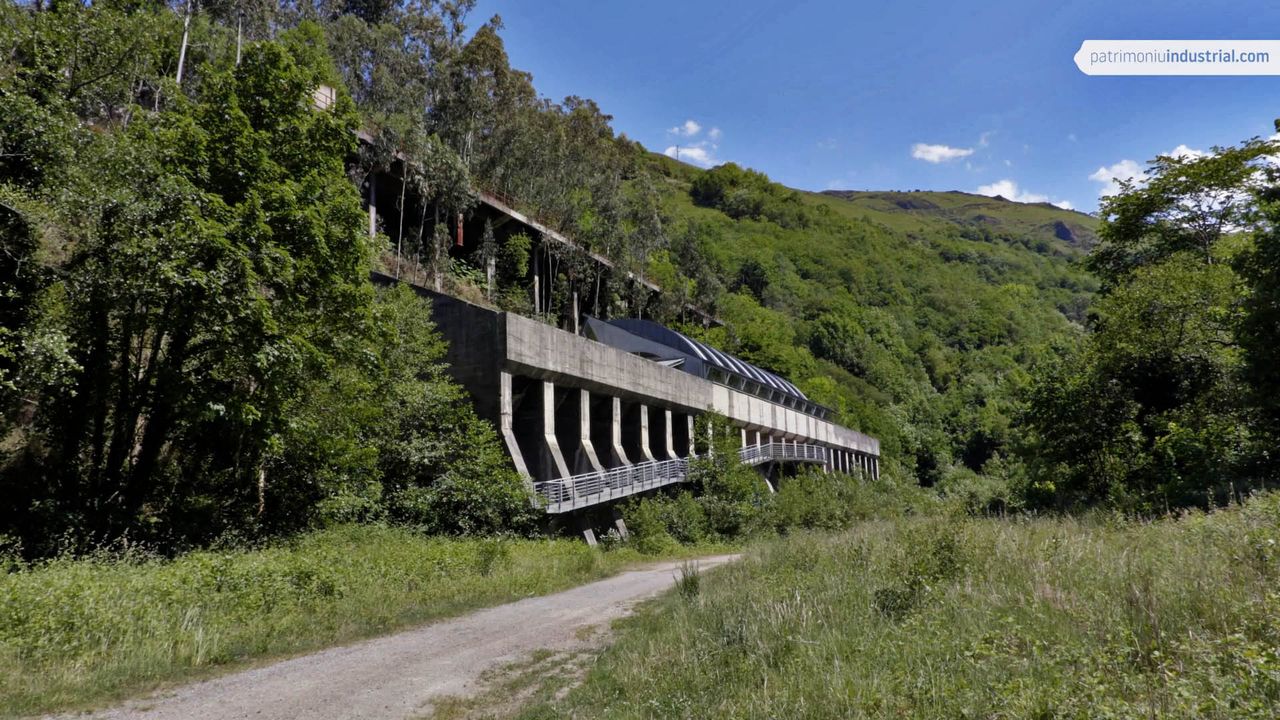

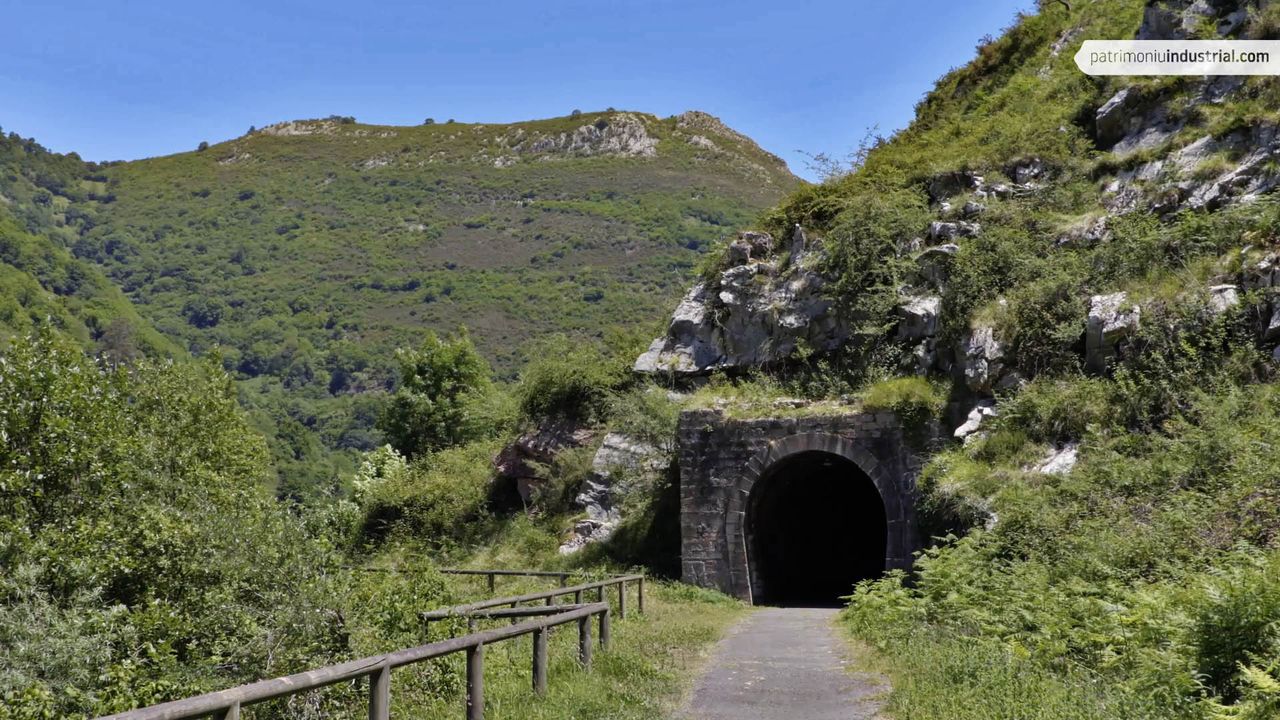
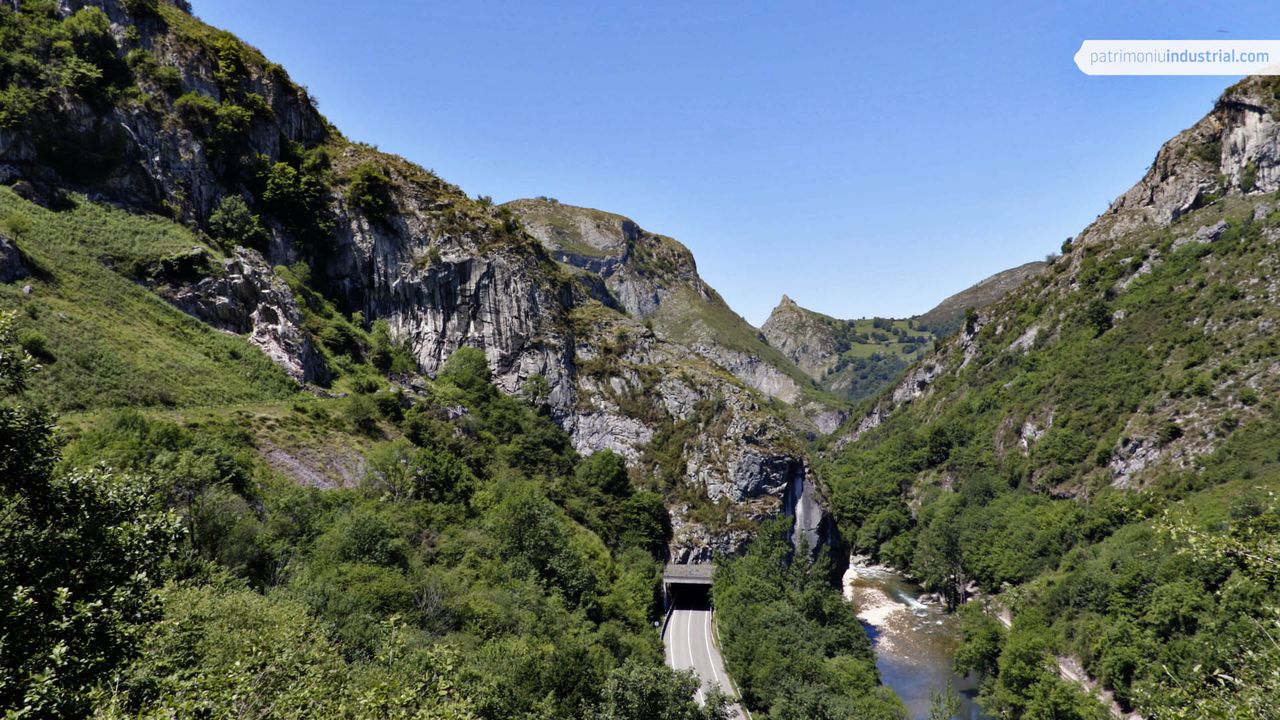
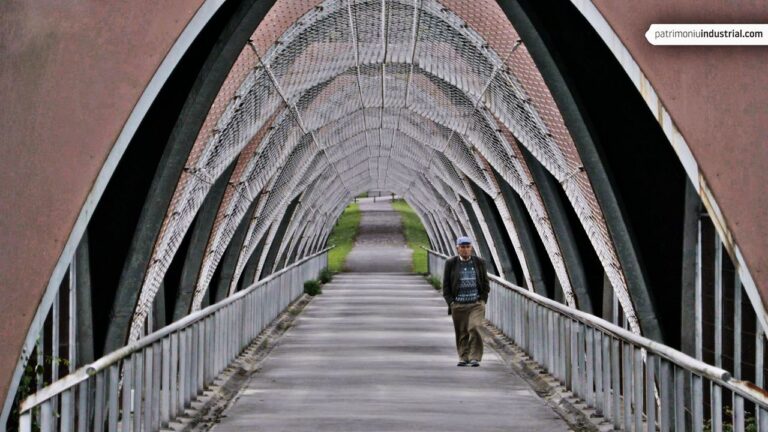
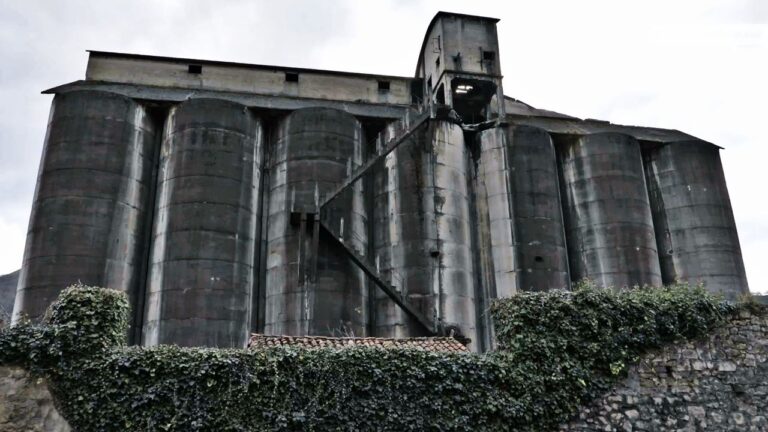


Recent Comments